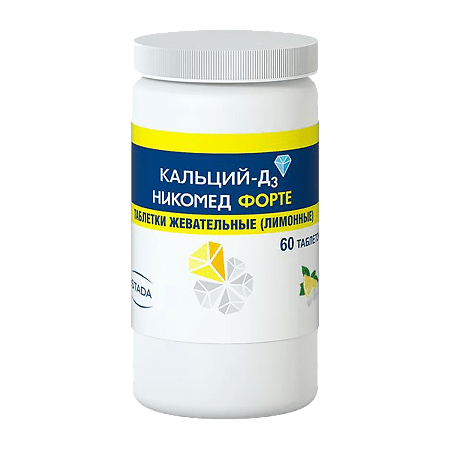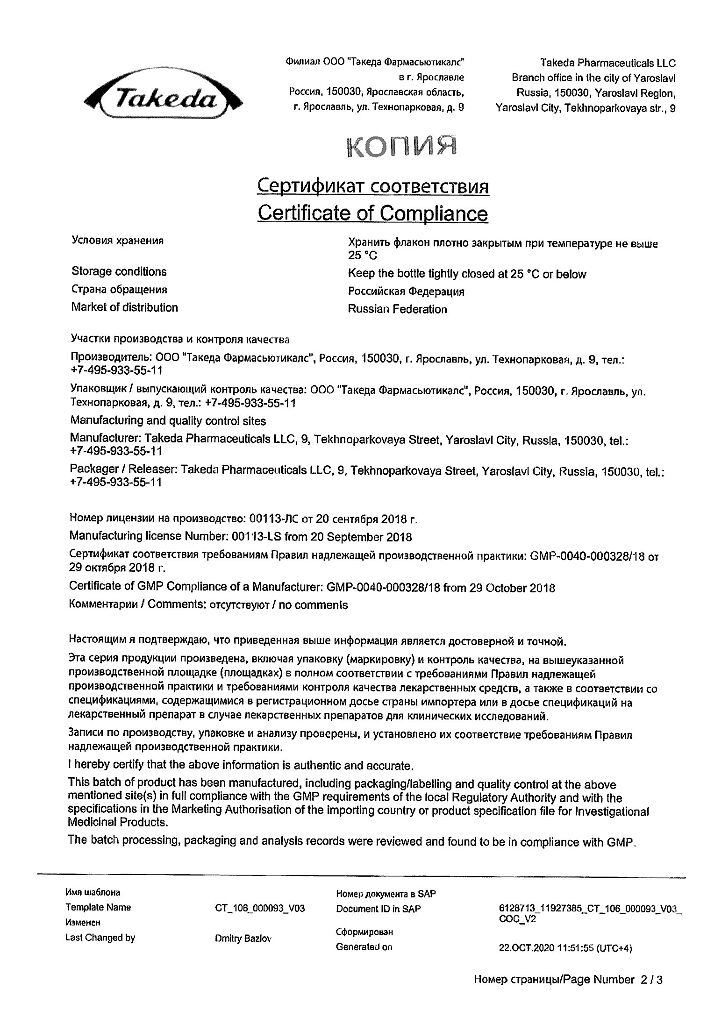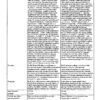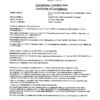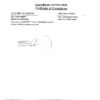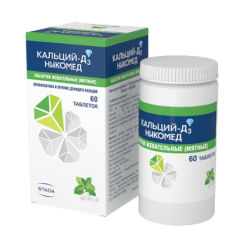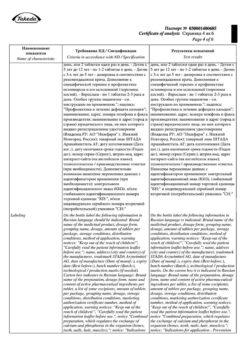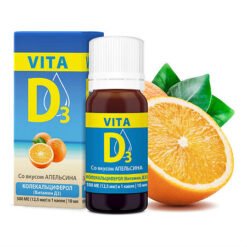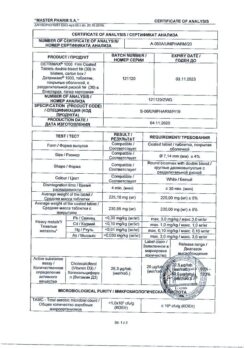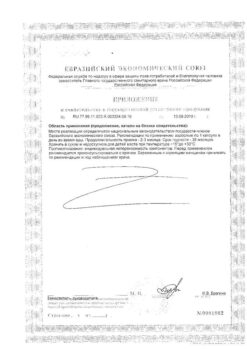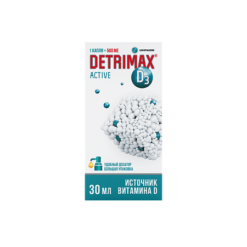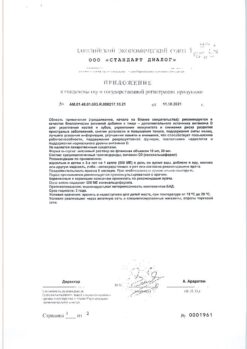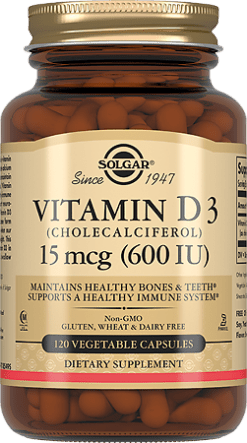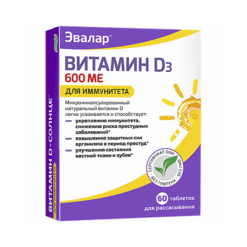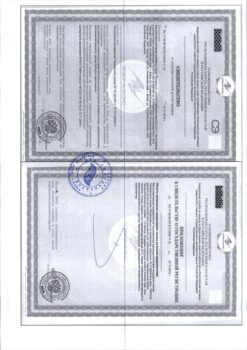No products in the cart.
Calcium-D3 Nicomed forte lemon, chewable tablets 60 pcs
€19.83 €16.52
Description
Calcium-D3 Nicomed forte regulates calcium and phosphorus metabolism in the body (bones, teeth, nails, hair, muscles). It reduces resorption (resorption) and increases bone density, filling the lack of calcium and vitamin D3 in the body, it is necessary for the mineralization of teeth.
Calcium is involved in the regulation of nerve conduction, muscle contractions and is a component of the blood clotting system.
Vitamin D3 increases the absorption of calcium in the intestine.
The use of calcium and vitamin D3 inhibits increased production of parathyroid hormone (PTH), which is a stimulant of increased bone resorption (leaching of calcium from bones).
Pharmacokinetics
Calcium
Intake. Normally, the amount of calcium absorbed in the gastrointestinal tract is about 30% of the dose taken.
Distribution and metabolism. 99% of calcium in the body is concentrated in the hard structure of the bones and teeth. The remaining 1% is in intra- and extracellular fluids. About 50% of the total calcium in the blood is in the physiologically active ionized form, of which about 10% is complexed with citrate, phosphate or other anions; the remaining 40% is associated with proteins, primarily with albumin.
Excretion. Calcium is excreted by the intestines, kidneys and sweat glands. Renal excretion depends on glomerular filtration and tubular reabsorption of calcium.
Vitamin D3
Intakeover. Vitamin D3 is readily absorbed in the small intestine (about 80% of the dose taken).
Distribution and metabolism. Colecalciferol and its metabolites circulate in the blood, bound to specific globulin. Colecalciferol is converted in the liver by hydroxylation to 25-hydroxycolecalciferol. It is then converted in the kidneys to the active form 1,25-hydroxycolecalciferol. 1,25-hydroxycalciferol is the metabolite responsible for increasing calcium absorption. Unmetabolized vitamin D3 is deposited in fat and muscle tissue.
Excretion. Vitamin D3 is excreted by the intestine and the kidneys.
.
Form of release
Form of release
Chewable lemon tablets
Additional information
| Shelf life | 3 years |
|---|---|
| Conditions of storage | In a dry place, at a temperature not exceeding 25 °C, in a tightly closed package |
| Manufacturer | Takeda Pharmaceuticals LLC, Russia |
| Medication form | pills |
| Brand | Takeda Pharmaceuticals LLC |
Related products
Buy Calcium-D3 Nicomed forte lemon, chewable tablets 60 pcs with delivery to USA, UK, Europe and over 120 other countries.

